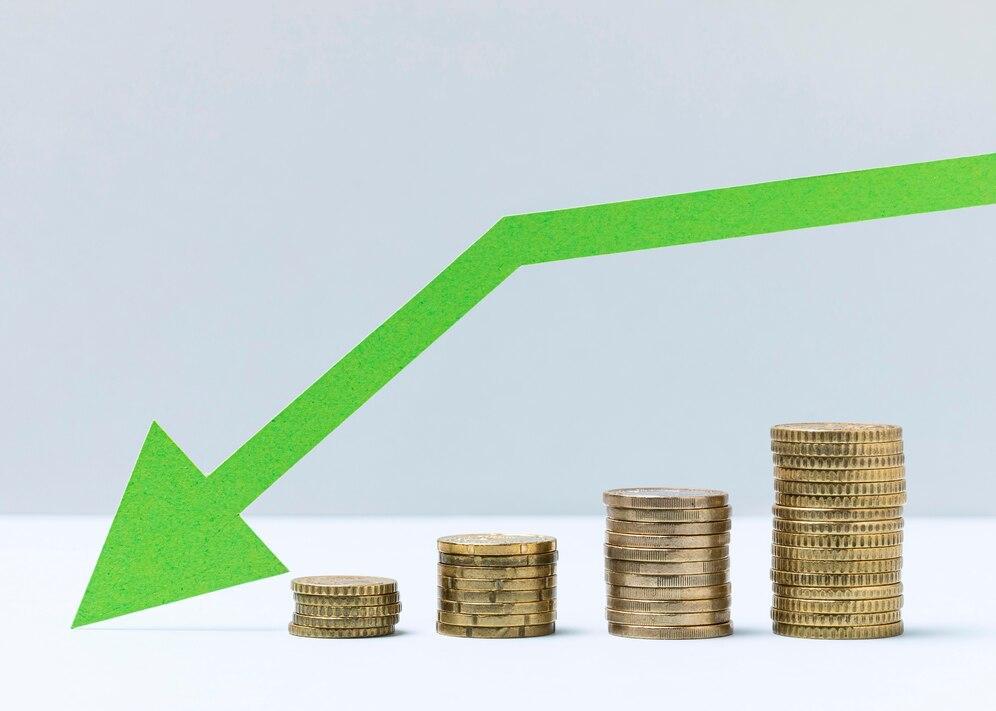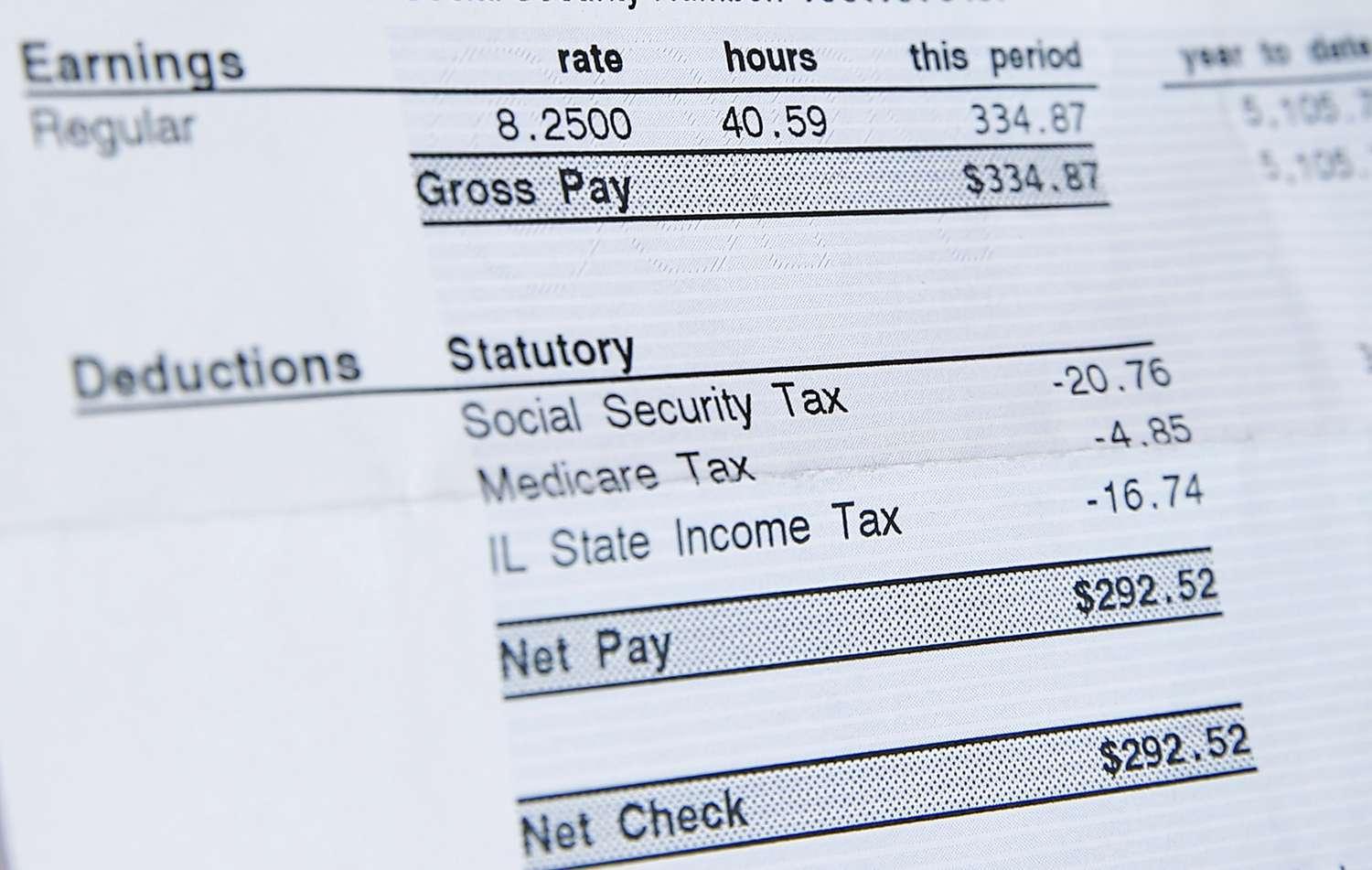For years, Americans have been steadily increasing their tips for those working in the service industry, but recent data reports that the tides are changing.
In fact, for the first time in a long time, tips for restaurant workers have decreased, and there are several reasons why.
Tipping Statistics

Before learning the reasons why tips are plummeting, it’s first important to understand the current statistics.
While the average tip for restaurant workers in the USA typically sits comfortably above 20%, during the pandemic in 2021, that number fell to a saddening 19.9%. But what’s even more surprising is that in the second quarter of 2023, the average was a shocking 19.4%.
The Overall Average for Service Workers

According to the Wall Street Journal, the current tip-per-hour average for American workers in the leisure and hospitality industries is currently $1.28.
Which is 7% lower than the $1.38 average reported just last year. However, it’s important to note that this number does not include restaurant workers who typically make quite a bit more.
Why Is Tipping Decreasing?

Now, experts believe that there are essentially two reasons why tips are decreasing around the country: Inflation and increased tip requests.
The first reason, inflation, is quite easy to understand; as the cost of living increases, Americans simply have less money than they used to. And often, tips are one of the first things to go when someone is on a tight budget.
The Increased Request for Tips

The second reason is slightly more complicated both in what’s happening and how it’s affecting American consumers.
Over the past few years, customers have seen an extra selection added to their checkout which asks them to select a tip amount, offering percentages such as 15%, 20%, or 25%. But the problem is that these screens are not just in restaurants, they’re everywhere.
There’s Even Tipping at Self-Checkout

The tipping screens have appeared at coffee shops, grocery stores, gas stations, pharmacies, and almost everywhere where goods are sold. However, in many of these places, there really isn’t a service being provided.
And in some extreme cases, Americans have even seen a tipping option at a self-checkout counter where the customer does the work themselves.
“It Was Only a Matter of Time”

Etiquette expert Thomas P. Farley explained that with all these additional requests for tips, “It was only a matter of time before actual tipping amounts began to decline.”
And it’s not the workers making minimum wage or the self-checkout counters that are now suffering from the change, it’s the restaurant and bar workers.
Understanding American Tipping Culture

It’s crucial to understand that while American tipping culture, especially in restaurants, may seem excessive, there is a logical reason behind it.
While the national minimum wage is currently $7.25 an hour, that number doesn’t apply to bar and restaurant employees. In fact, the country’s minimum wage for those employees is only $2.13 an hour.
Some People Still See Tipping as an Obligation

According to a report by Pew Research Center, some people believe that tipping their server or bartender is an absolute requirement of dining out, but not everyone does.
After surveying almost 12,000 Americans, Pew found that adults under the age of 30, are far more likely to see tipping as an obligation as opposed to an option.
Baby Boomers Don’t Quite See It That Way

On the other hand, of those surveyed, Americans over the age of 65 said they say tipping anyone was a choice or nicety, not a necessity.
So some might hope that as the younger generation enters the work force and spends more of their money dining out and the older generation stays home more, the average tip percentage will hopefully climb back up.
Will the Minimum Wage for Restaurant Workers Increase?

After learning that restaurant and bar workers only make $2.13 per hour and are really relying on tips for their entire income, many people wonder: Shouldn’t the minimum wage for restaurant workers increase?
And the Wall Street Journal reported that this reality may be right around the corner. Several states around the country are fighting for food-service employees to make the national minimum wage of $7.25, in part to help bolster their salaries, but also to relieve the American citizens from the burden of tipping so much.
American Tipping Culture Will Change Again Soon

The truth is that tipping trends change quite often, and America is certainly likely to see a change again in the near future.
However, whether that means finally removing tip screens from service-less purchases, increasing the minimum wage for restaurant workers, or simply tipping less or more on average, is anyone’s guess.
